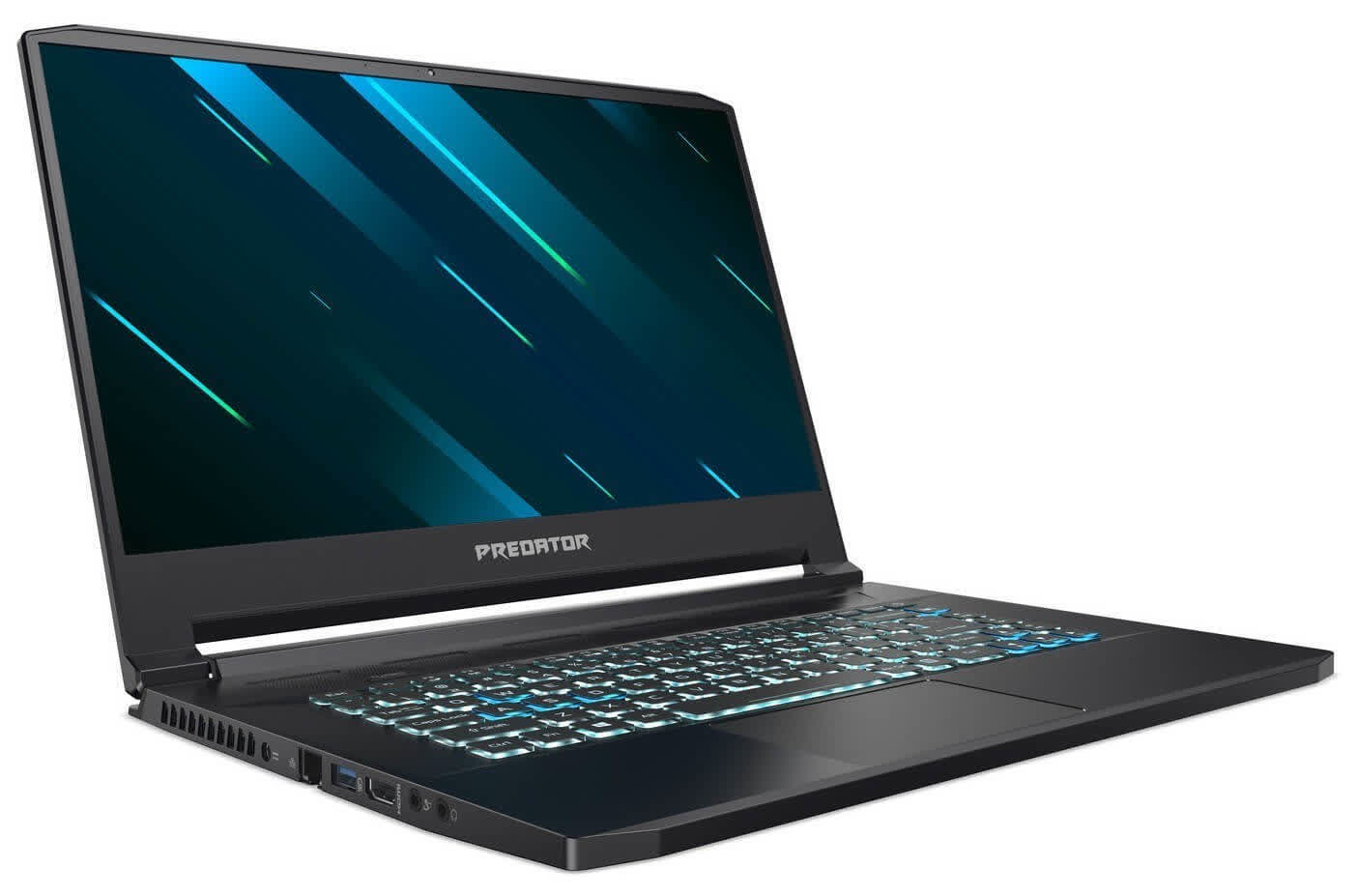What just happened? Technology doesn’t stand still. Just as laptops with 240Hz screens have started to arrive, Asus has used IFA 2019 to show off its 300Hz displays in gaming machines.

At the Berlin-based tech conference, Asus revealed several 15- and 17-inch Strix and Zephyrus S laptops, sporting RTX 2070 and 2080 cards, which feature the 300Hz displays. The company also makes machines with 240Hz screens, including the Strix Scar III—one of the top gaming picks in our Best Laptops feature.
Asus says the first of its laptops to come with a 300Hz screen option will be the previously released 17-inch ROG Zephyrus GX701, which has an RTX 2080 “clocked up to 1230MHz at 100W in Turbo mode” to power that high refresh-rate display. It arrives this October, with other Asus ROG 300Hz models launching next year.
Asus says 300Hz screens can draw 5X more frames than the 60Hz displays found on most laptops and represents a 25 percent increase over the current standard for high-level esports tournaments. It added that this refresh rate could draw a complete new frame every 3.3ms, which is nearly as fast as the 3ms response time of the pixels.

Asus isn’t the only company moving in this direction. Acer announced that its Predator Triton 500 gaming laptop would soon come with an optional 300Hz screen and Nvidia’s G-Sync for $2,799.
Exactly how many people will feel the need to own an expensive laptop with a 300Hz display remains to be seen, especially as reaching such high frame rates will require reducing many games’ graphical settings. And will it really be worth paying extra for one of these machines over a laptop with a 240Hz display? Asus and Acer will no doubt hope plenty of competitive gamers say yes.
https://www.techspot.com/news/81738-asus-reveals-gaming-laptops-300hz-displays-arrive-october.html